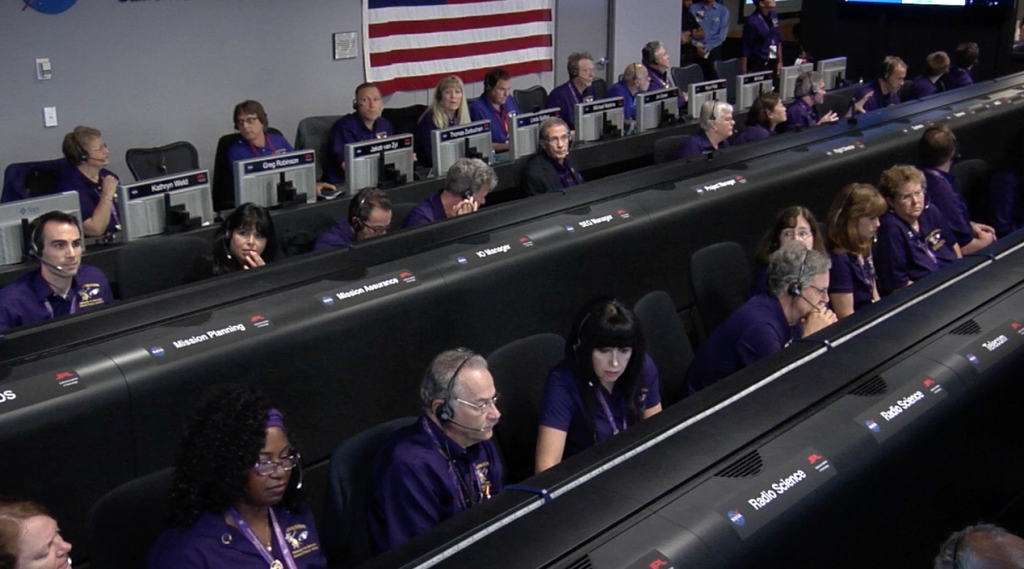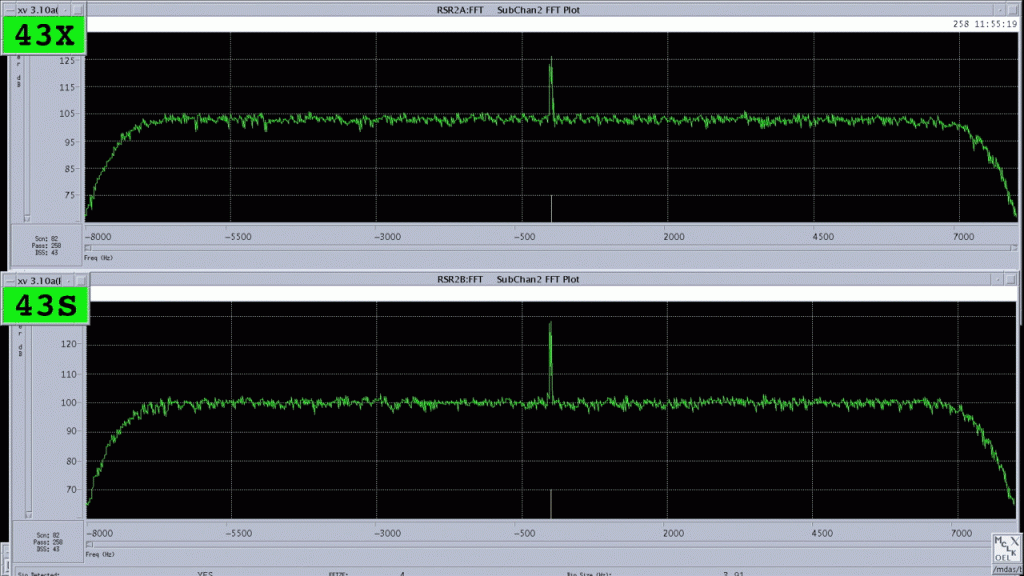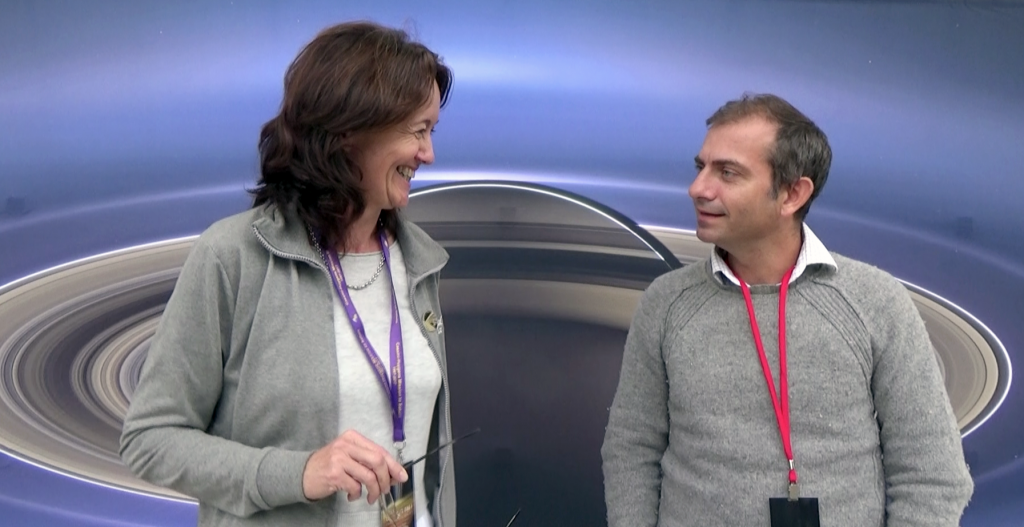The Cassini Grande Finale from Caltech with UnivEarthS team
The mission ended in complete silence where everyone held their breath, followed by a few tears and a thunder of applause. Closing a chapter of the study of Saturn, its moons and rings, the Cassini spacecraft plunged to Saturn on September 15, 2018, burning as it entered the atmosphere, while on Earth the ship’s explosion was noticed by the sudden silence of the transmitted signal.
A host of scientists and engineers – some of whom have been involved in the project since its inception in the 1980s – have met at JPL and on the Caltech campus. Among them were some members of the UnivEarthS teams: Sébastien Rodriguez, Stéphane Le Moellic, Chloé Daudon, Cécile Ferrari, Sébastien Charnoz, Isabelle Grenier, etc. Awake in the middle of the night to attend the end of the mission, they observed the last minutes of the spaceship.
“For 13 years, we have been running a marathon of scientific discoveries and we are in the last lap.” said Linda Spilker. In the Theodore von Kármán Auditorium and on the Caltech campus, giant screens have been installed to allow the public to watch Cassini’s last minutes live from the JPL Mission Control. An atmosphere both euphoric and tense prevailed over the crowd of scientists present.
As Cassini plunged into Saturn’s atmosphere, his mass spectrometer sampled the atmosphere as the ship struggled against the friction of the atmosphere to keep its antenna pointed toward the Earth (with a delay of 83 minutes).
Some members of Cassini’s scientific team held their breath and others encouraged it – “Just give me a few more minutes of data! “Look, there’s still a signal, it’s still fighting! “. A total silence fell when the data peaks abruptly flattened, first on the X band, then on the S band.
The spacecraft was officially declared silent at 04:55 Pacific daylight time, and it is estimated that it completely disintegrated about a minute later.
“I just heard that the signal has disappeared, and so will the spacecraft in the next 45 seconds. I am deeply proud of this wonderful accomplishment, congratulations to all of you. This was an incredible mission, an incredible spacecraft, and you’ve all been an amazing team. Project Manager, off. ” On campus, a thunderous applause echoed after Earl Maize’s last words. A moment both precious and sad for the end of a mission that has accomplished so much, with boxes of tissues passed in the middle of smiles and shaking hands.
Sebastien Rodriguez summed up the atmosphere of this great moment: “We arrive at the end of this night that will be remembered, with a thought for all those who have accompanied us, from near or far, from the first generation to the newest of the young students who were with us tonight. It’s sadness that predominates for now, the pride, the chance to have participated in this absolutely incredible technological and human adventure. It may take us a few hours, even days, to step back and realize how lucky we were … “
“We had a fantastic night, full of emotion …” says Cecile Ferrari. “It’s a story of 20 years or more that ends. We have a special thought for André Brahic, with whom the adventure began in Paris 7. “
Now that the mission is over, Cassini’s team will teach future explorers what they’ve learned. “We’re very happy with what’s on the horizon – imagine how much data the Cassini probe has collected, dozens of terabytes are archived. For the example, on Voyager data we have some gigas that have been collected, and we have theses that have been supported on these data 20 years later … so we can imagine for the Cassini spacecraft the legacy that remains to be exploited again. The Cassini mission is not finished in fact, it is just beginning! “
Sébastien Charnoz also looks forward to the future with optimism: “Although Cassini is over, we may have two or three generations to explore the dataset, the whole Cassini archive, which is really the legacy of the mission. We also have people involved in the Juice mission to explore Ganymede, one of the moons of Jupiter, others in the mission to explore Phobos, one of the moon of Mars … The exploration of the solar system continues, with our university which is an integral part of all these missions. “




